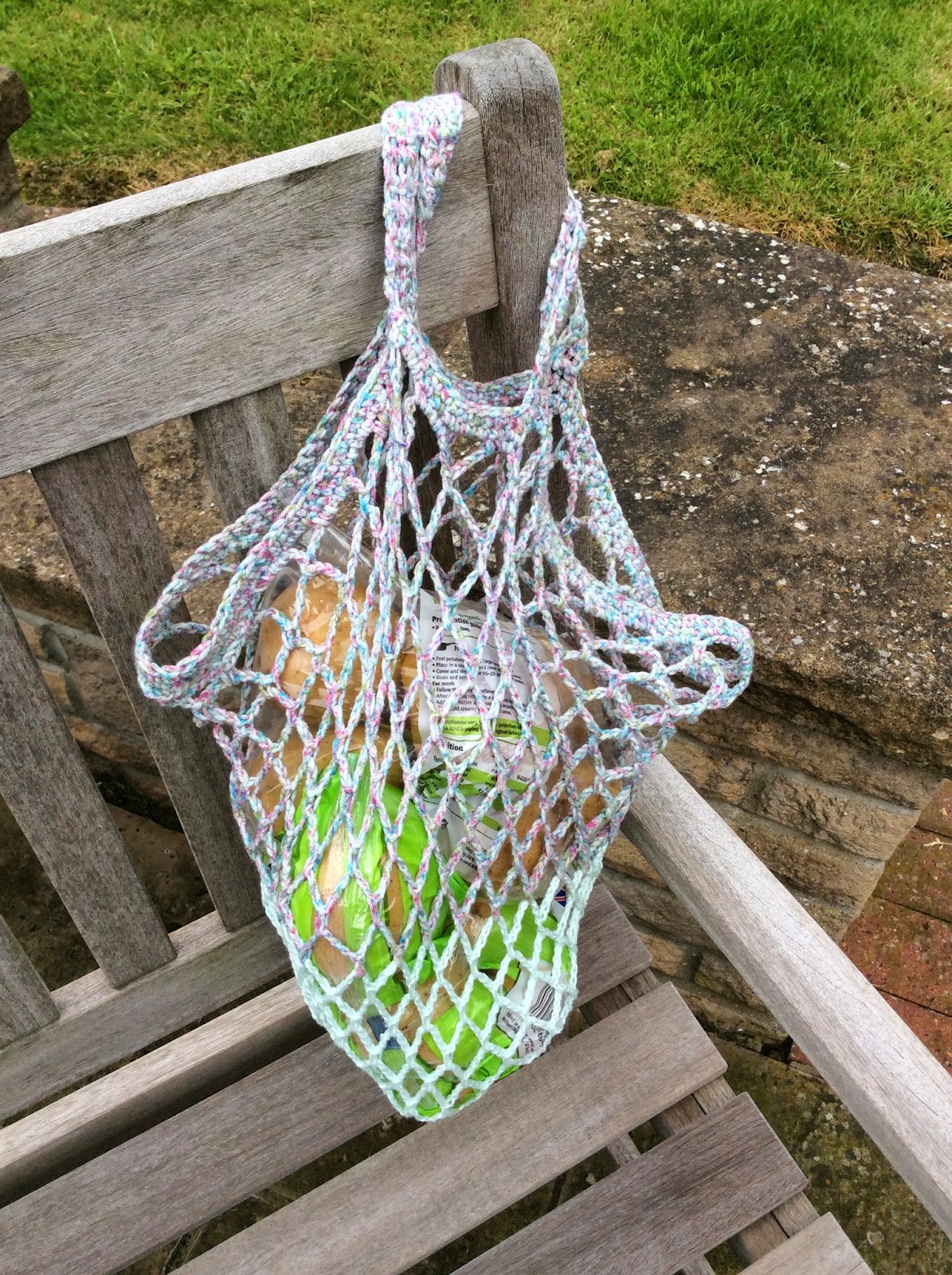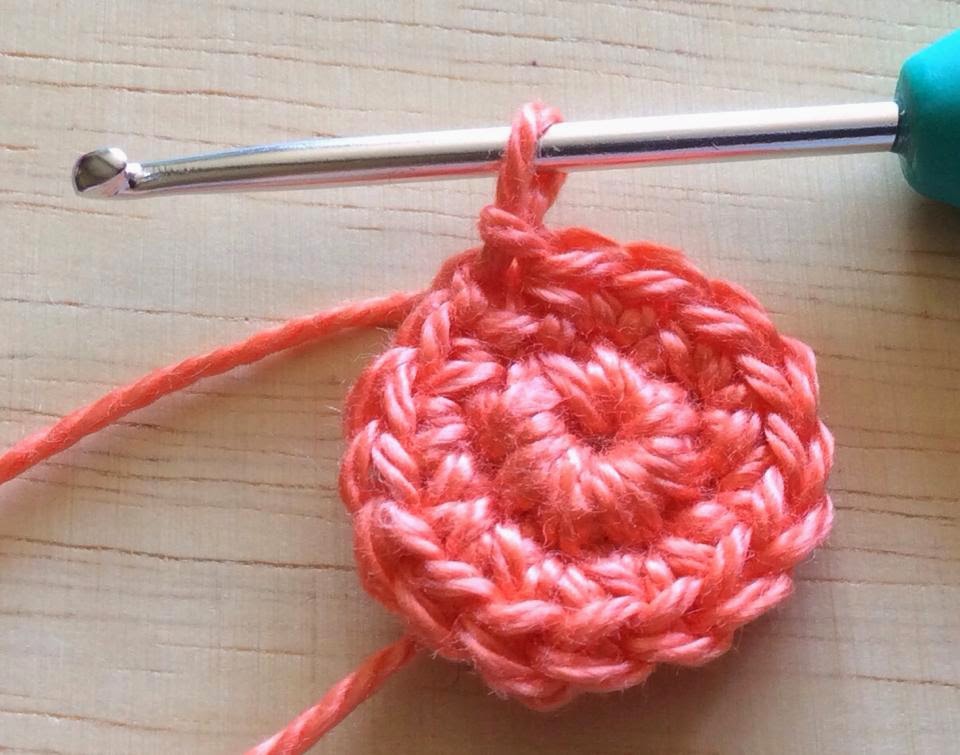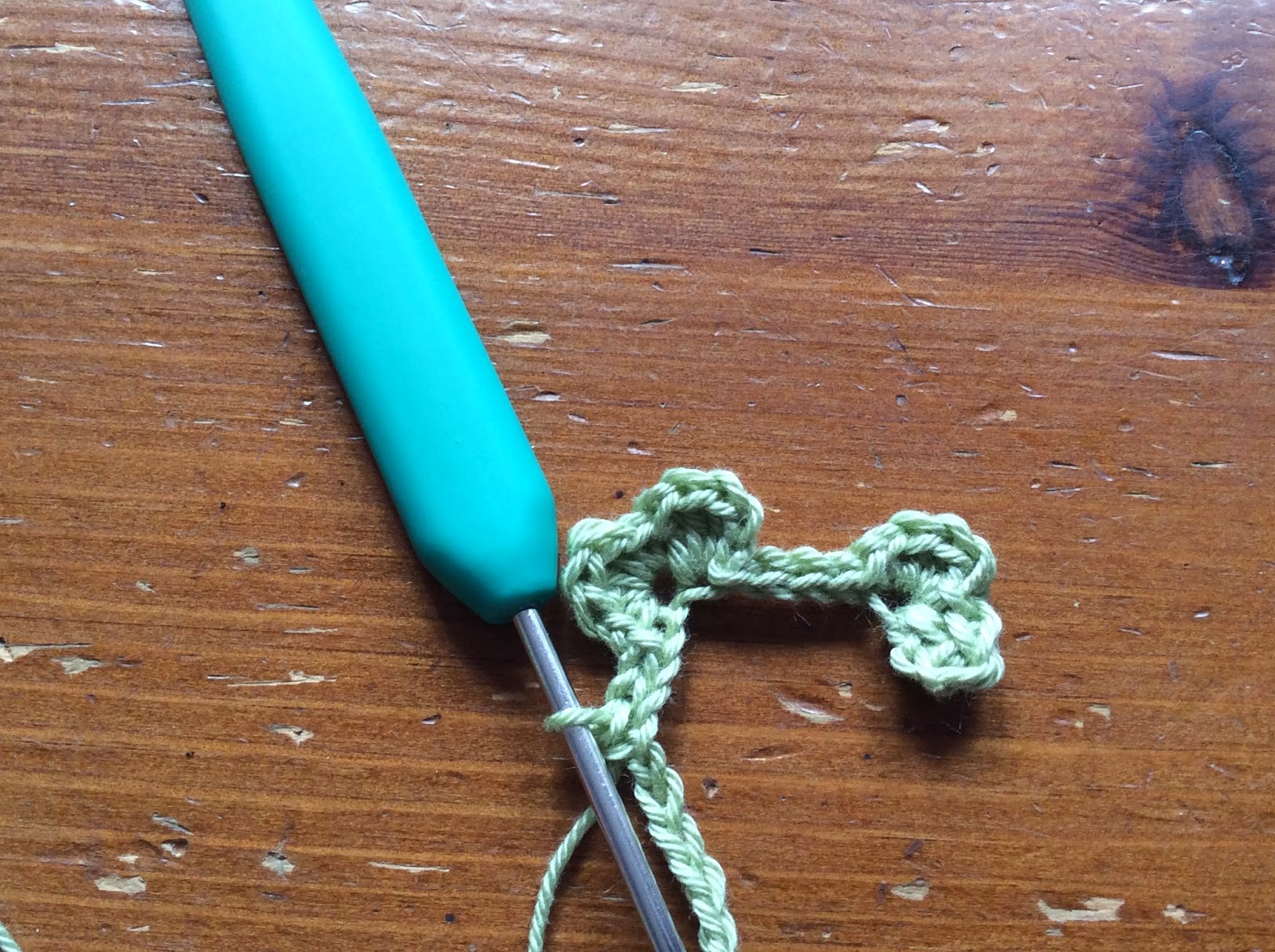3rd June 2014
OK,
I have tested the pattern, and it works! But, it does only make a
fairly shallow bag, so I have added a note into the instructions where
to continue to make it deeper
A lovely friend
of mine was following a pattern for a string bag, which would not work out,
when I tried to make it the same thing happened. So while I was at a craft fair, I re worked
the pattern and this is what I ended up with.
If you try it, please let me know if it works for you too ! There will be more photos to come, but I promised to get the instructions up today xxx
I used
3.5mm hook and double knitting cotton yarn
The bag I made measures approximately 12" deep, but this will stretch when full
Make 6 chain and
join with a slip stitch.
Round 1 .Make 1 dble crochet into loop and then 6
chain, repeat 5 more times and slip into first dble crochet (6 loops)
Round 2 .Slip stitch long to the centre of the
next chain,( 1 double crochet into the chain loop, chain 6, 1 dble crochet into
the same loop, 6 chain) repeat 5 more times (12 loops)
Round 3 .Slip along chain into centre of first
loop, 1 dble crochet into loop, 6 chain, 1 dble crochet into same loop, *(6
chain, 1 dble crochet into next loop, x 2, 6 chain, 1 dble crochet into same loop)*Repeat
from *to* 4 more times, and then 6 chain 1 dble crochet into next loop x 2, 6
chain and slip into beginning dble crochet.
(18 loops)
 |
| 18 loops |
Round 4 .Slip along chain into centre of first
loop, 1 dble crochet into loop, 6 chain, 1 dble crochet into same loop, *(6
chain, 1 dble crochet into next loop, x 3, 6 chain, 1 dble crochet into same loop)*Repeat
from *to* 5 more times, and then 6 chain 1 dble crochet into next loop x 2, 6
chain and slip into beginning dble crochet. (24 loops)
 |
| 24 loops |
Round 5 – 16 Slip
along chain into centre of first loop.1 dble crochet into loop (chain 6 dble
crochet into next loop 23 times. Then,
chain 6 and slip into first dble crochet. (No more increasing, should remain at
24 loops. TIP: Mark the beginning of each round, it is easy
to just keep going in a spiral!
NOTE: Continue the last round until the bag is as deep as you require it to be. The next 5 rows will only increase the depth by approximately 2"
 |
| 16 rows completed |
NOTE: Continue the last round until the bag is as deep as you require it to be. The next 5 rows will only increase the depth by approximately 2"
Rounds 17 – 18 Slip along chain into centre of first
loop.1 dble crochet into loop. 9 Chain, single crochet into next loop 23 times.
Then, chain 9 and slip into first dble crochet. (No more increasing, should
remain at 24 loops.
Round 19 Slip into first loop loop and make 3 dble
crochet into loop, 3 chain, 3 dble crochet into next loop, continue to end,
slip into first dble crochet.
Round 20 1 ch, 1 dble crochet into each of the
three dble crochet, then 3 dble crochet into 3 chain space, continue to end and
slip stitch into first dble crochet.
Round 21 1 ch, 1 dble crochet into each dble
crochet to end, slip stitch to join.
Handle
Round 22 Chain 1, turn, single crochet into next 4
single crochet, turn, and repeat until the handle is required length, (minimum
of 7”), and then make another handle to match on the opposite side of the bag
 |
| Finished empty bag |
 |
| Holding 2.5kg bag of potatoes, just to give you an idea of volume |





































